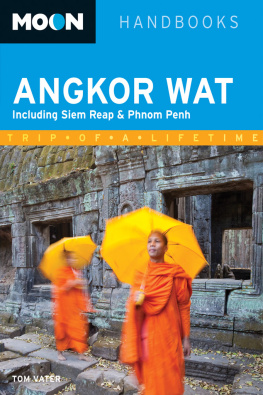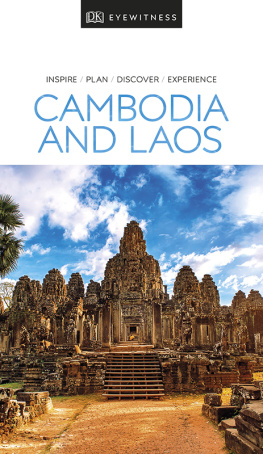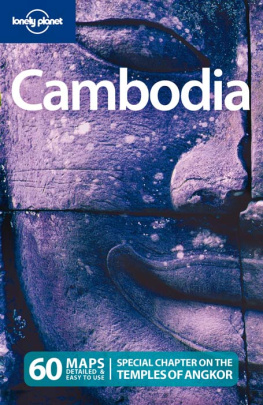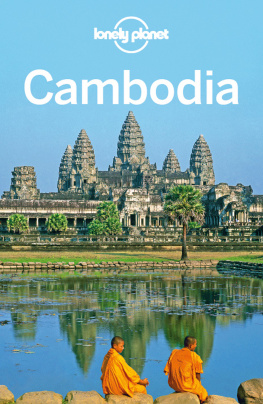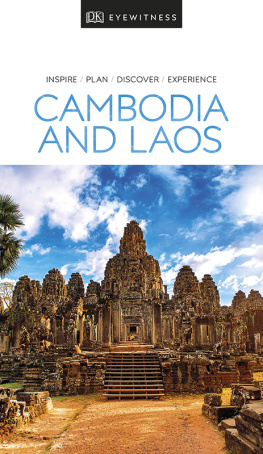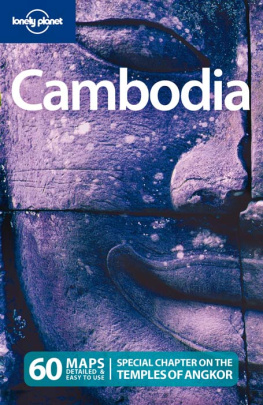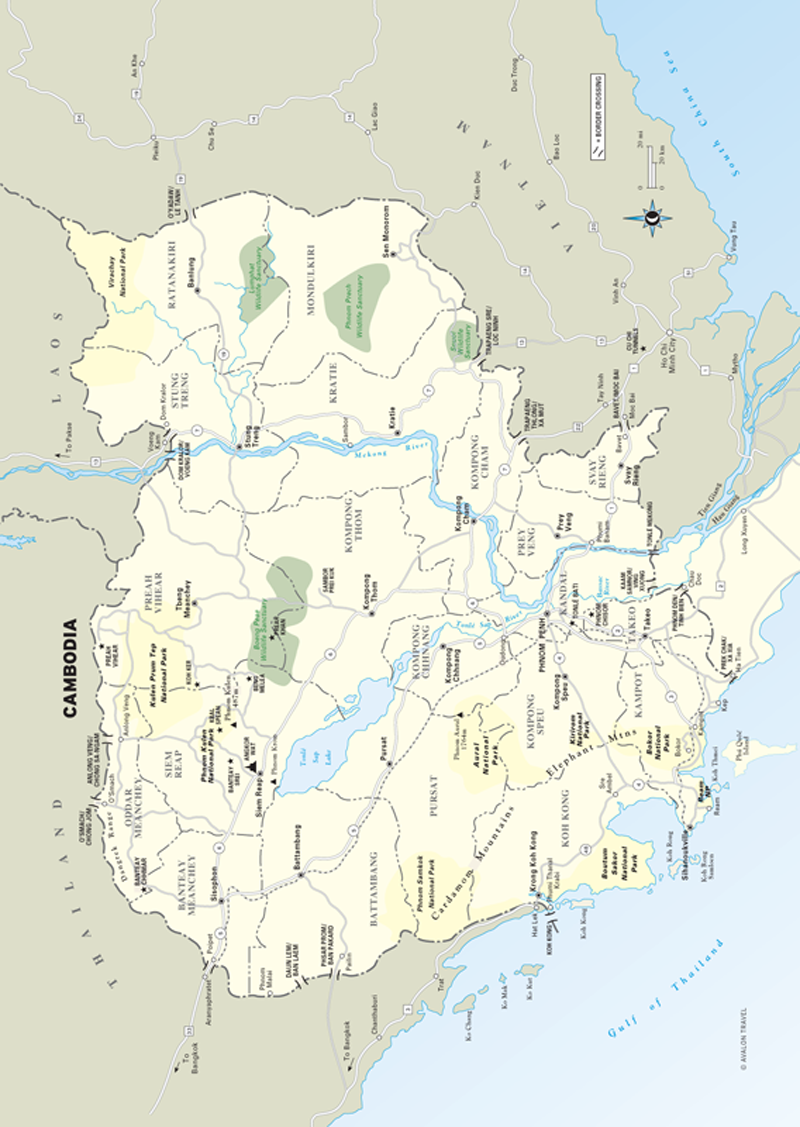

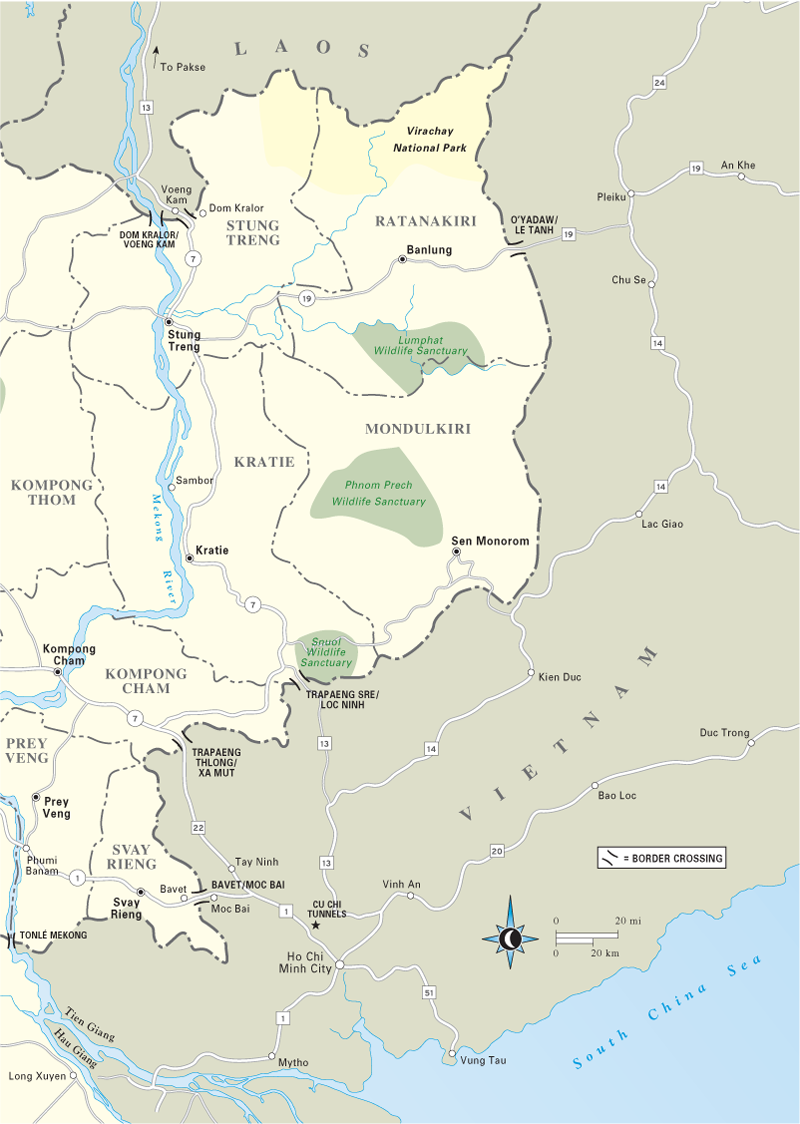
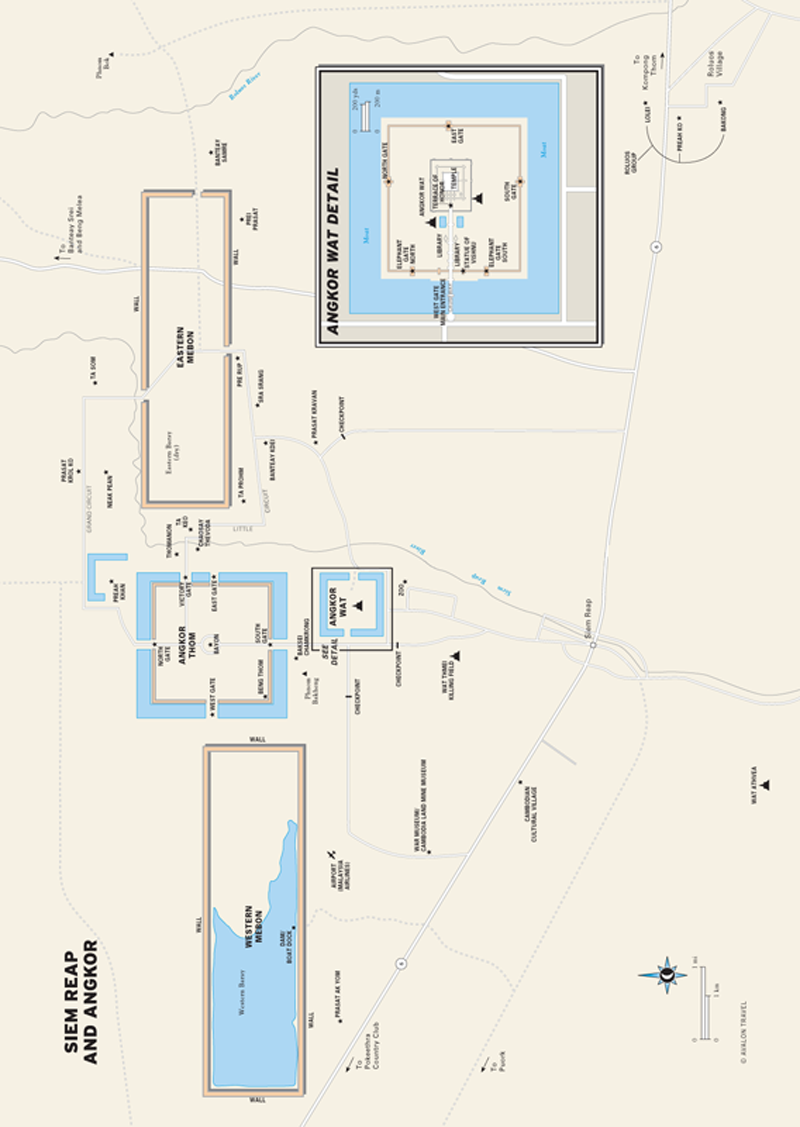

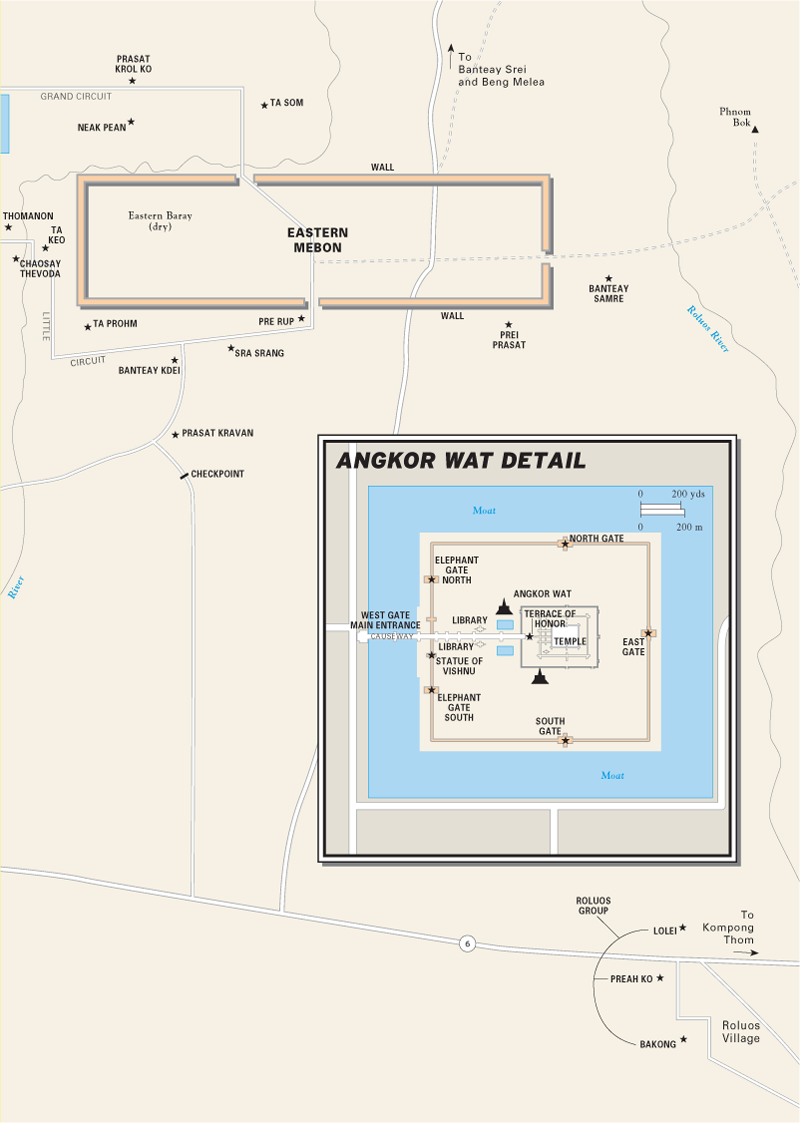

Contents




The town nearest to the Angkor temples has grown from a tiny village 100 years ago into Cambodias second-largest city. Some locals call it the unofficial capital, thanks to the millions of tourist dollars that have been rolling in since the late 1990s. Siem Reap translates as Defeated Thailand, a reference to the Khmer Empire when it controlled large swaths of Siam (todays Thailand) for several centuries. Following the sacking of Angkor by the Siamese in 1431, the tables turned, and the Angkor ruins, as well as Siem Reap, were administered by Siam.
The town of Siem Reap really came into its own at the beginning of the 20th century, when the first wave of international tourists arrived. Le Grand Hotel DAngkor opened in 1932, and tourism grew steadily until World War II. Following the war, Angkor became trendy once more and remained on the global tourist circuit until the late 1960s, when increasing turmoil in Cambodia and the neighboring war in Vietnam put an end to tourism. French archaeologists remained at the temple and tried to continue working even as the war reached Siem Reap, but in 1975 the Khmer Rouge emptied the town and drove all its inhabitants into the countryside, where many died. When the Vietnamese pushed the Khmer Rouge out of power in 1979, the new occupiers put their own troops into Siem Reap. The Khmer Rouge escaped into the forests around the town and embarked on a 15-year terror campaign on Siem Reaps citizens, the Vietnamese, and later the United Nations Transitional Authority in Cambodia (UNTAC), which culminated in a final large-scale attack in 1993.
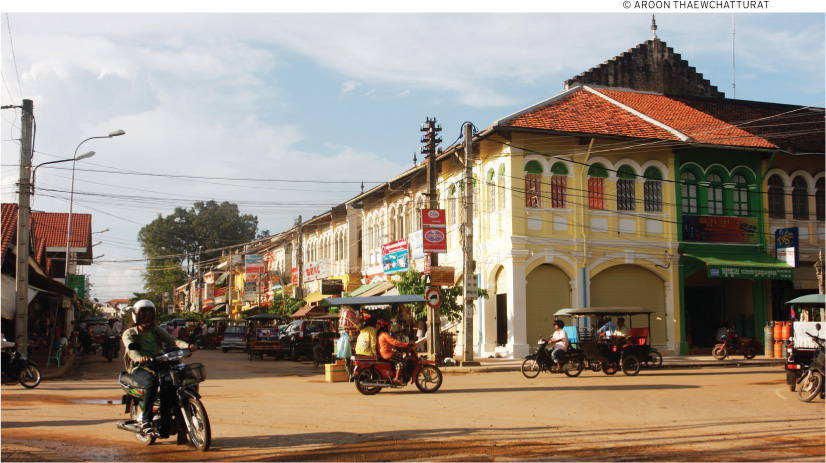
LOOK FOR  TO FIND RECOMMENDED SIGHTS, ACTIVITIES, DINING, AND LODGING.
TO FIND RECOMMENDED SIGHTS, ACTIVITIES, DINING, AND LODGING.
 The Old Market Area: Peruse a wide variety of souvenirs in Siem Reaps sprawling market and watch the locals shop from early morning to dusk ().
The Old Market Area: Peruse a wide variety of souvenirs in Siem Reaps sprawling market and watch the locals shop from early morning to dusk ().
 Wat Damnak: An active but quiet temple allows you to get away from the crowds and ruins for an idyllic afternoon stroll ().
Wat Damnak: An active but quiet temple allows you to get away from the crowds and ruins for an idyllic afternoon stroll ().
 Wat Athvea: Visit this small, virtually unknown temple ruin just outside Siem Reap to experience local village life ().
Wat Athvea: Visit this small, virtually unknown temple ruin just outside Siem Reap to experience local village life ().
 Apsara Dance: Catch a traditional Cambodian dance performance, once reserved for kings, at the Raffles Grand Hotel dAngkor ().
Apsara Dance: Catch a traditional Cambodian dance performance, once reserved for kings, at the Raffles Grand Hotel dAngkor ().
Today, Siem Reap is the safest city in the country and Cambodias boomtown. In little more than a decade, this sleepy backwater has turned into a thriving, chaotic metropolis. I remember the installation of Siem Reaps first traffic lights in 2001. Three police officers stood at the chosen crossing, each armed with a megaphone, and spent the day explaining the traffic lights function to passing traffic. At 6 P.M. the officers went home, and the lights immediately became mere decoration. The traffic on the main roads is still the biggest hazard around town. In 2007 the Angkor International Hospital, Cambodias first international-standard clinic, opened and has been treating traffic-accident victims, providing they have insurance, competently since.
Thankfully, the French town center has been tastefully restored, and its still possible to go for a quiet walk under the trees by the Siem Reap River. Many of the villages around town have lost little of their simple charm and seem barely affected by the tourism circus. Touting, prostitution, and drugs are kept to a minimum, and if you are not looking for trouble, you are very unlikely to find any.
Siem Reap continues to evolve and expand, at times at a pace that is almost self-destructive: Theres talk of a second international airport, and falling groundwater levels as well as pollution are becoming problems. As long as Angkor is one of the worlds most popular archaeological sites, Siem Reap is unlikely to stop growing.
Few people visit Siem Reap for the city itself; it is the Angkor temples that draw visitors. But its not an unattractive place, and by far the most affluent town in Cambodia. The shopping is not bad, although the markets in Phnom Penh offer a greater selection of goods at slightly better prices. Several museums, a couple of attractive modern wats (temples), as well as cycling tours through the countryside, balloon and horse rides, swimming pools, and numerous dining options may tempt some visitors to stay a few days longer than planned. If you plan to stay for more than three days of temple visits, a day or two in town away from the ruins may make sense.

Just a decade ago, the area around the Old Market (Phsar Chas), in the heart of Siem Reap and close to the river, was a run-down dilapidated affair and a little unsavory at night. Since then, investment and restoration have taken place, and the colonial buildings around the covered market have recaptured their former grace. All this makes for a francophone ambience, a nostalgic vibe with more than a whiff of lIndochine, and a very nice space to move around in. Downtown areas in several Cambodian cities retain substantial colonial architecture, but only in Siem Reap has it been completely rehabilitated. The market itself has largely become tourist-orientedDVD documentaries on the Khmer Rouge, silk scarves, rice-paper prints of apsaras, opium pipes, and the ubiquitous krama, Cambodias all-purpose head scarf. About half the market still sells products for the local community, including fruit, machine parts, and clothing. The streets around the market are lined with eateries (some budget, others upscale), shops, Internet cafs, and bars, making it a great place to stroll in the early evening. The stalls selling local products are open from the crack of dawn until early evening, while the shops selling curios open around 10 A.M. and close around 7 P.M.

